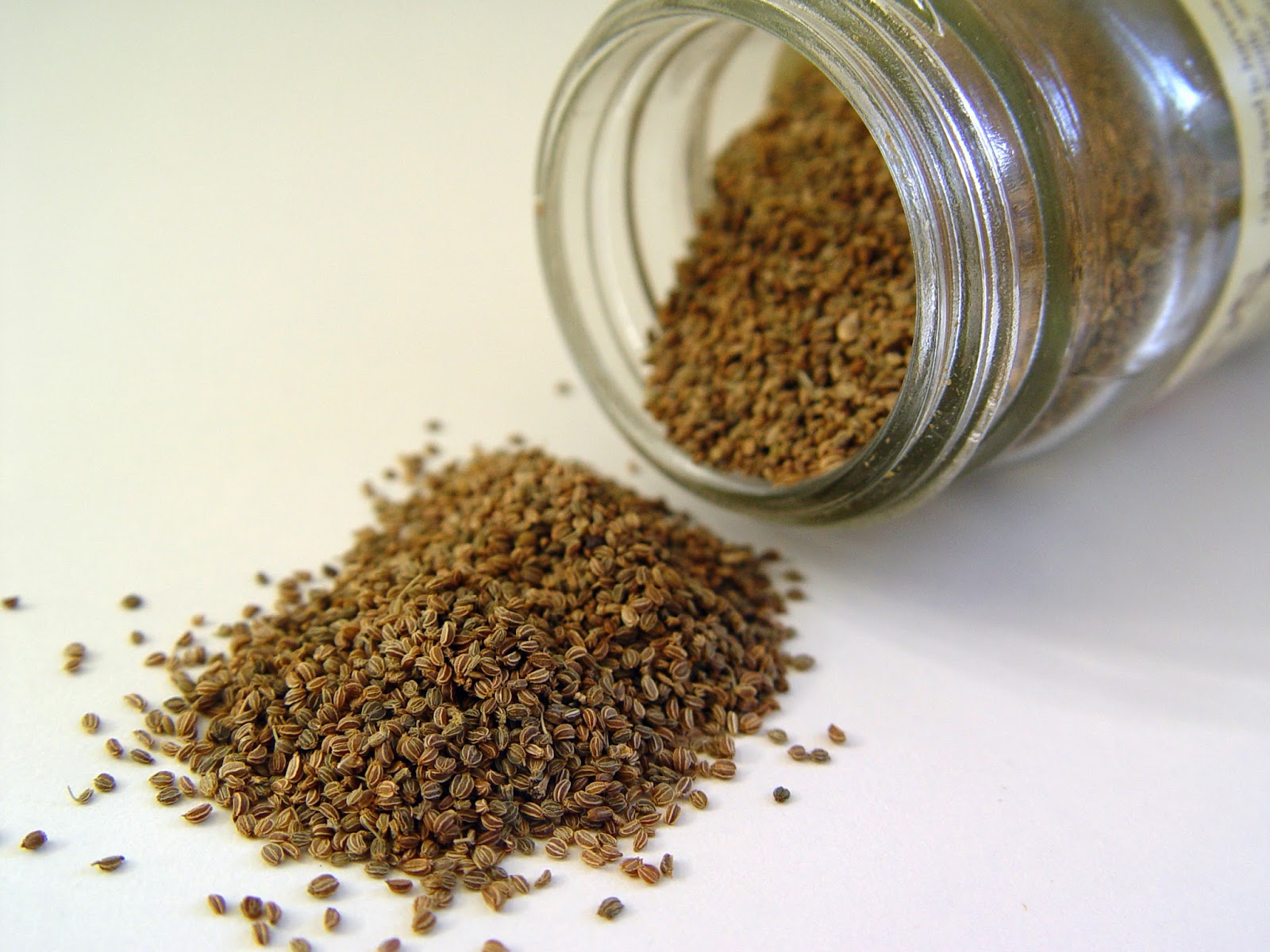Celery seeds to plant are the key to unlocking the crisp, flavorful goodness of homegrown celery. Embark on this journey of cultivation, where we’ll delve into the intricacies of selecting, sowing, and nurturing celery plants from seed to harvest.
From heirloom varieties to hybrid vigor, we’ll explore the diverse world of celery seeds, empowering you to make informed choices for your garden. Join us as we unravel the secrets of successful celery cultivation, ensuring a bountiful harvest of this versatile vegetable.
Celery Seed Varieties and Selection

Celery seeds come in a wide range of varieties, each with its own unique characteristics and uses. Some popular varieties include:
– Giant Pascal: A tall, vigorous variety with large, crisp stalks that are perfect for salads and soups.
– Utah: A compact variety with a sweet, mild flavor that is ideal for snacking.
– Self-Blanching: A variety that produces white stalks without the need for blanching, making it easier to grow.
– Red Celery: A variety with deep red stalks that add a pop of color to salads and stir-fries.
– Golden Self-Blanching: A variety with golden-yellow stalks that are tender and sweet.
When selecting celery seeds for planting, it is important to consider the climate, soil type, and desired harvest time. Celery prefers cool, moist climates and well-drained soil. If you live in a warm climate, you may want to choose a variety that is heat-tolerant. If you have heavy soil, you may want to choose a variety that is resistant to root rot. And if you want to harvest celery in the fall, you will need to choose a variety that matures early.
Heirloom celery seeds are seeds that have been passed down from generation to generation. They are often more expensive than hybrid varieties, but they are also more likely to be true to type and produce plants that are resistant to pests and diseases. Hybrid celery seeds are a cross between two different varieties of celery. They are often more vigorous and productive than heirloom varieties, but they may not be as flavorful or resistant to pests and diseases.
Celery Seed Propagation and Cultivation
Celery is a biennial vegetable that is typically grown as an annual. It is a member of the Apiaceae family, which also includes carrots, parsley, and fennel. Celery is a cool-season crop that prefers to grow in moist, well-drained soil. It can be grown from seed or from transplants.
To sow celery seeds, first prepare the soil by tilling it to a depth of 12 inches and adding compost or other organic matter. The soil should have a pH of 6.0 to 6.5. Make shallow furrows in the soil, about 1/4 inch deep and 12 inches apart. Sow the seeds thinly in the furrows and cover them with soil. Water the seeds well and keep the soil moist until the seeds germinate.
Celery seeds typically germinate in 10 to 14 days. Once the seedlings have emerged, thin them to a spacing of 6 inches apart. Water the seedlings regularly and fertilize them every few weeks with a balanced fertilizer.
Celery can be harvested when the stalks are about 1 inch thick. To harvest celery, cut the stalks at the base of the plant. Celery can be stored in the refrigerator for up to 2 weeks.
Environmental Conditions for Celery Seed Germination
Celery seeds require warm, moist conditions to germinate. The optimal temperature for germination is 70 to 80 degrees Fahrenheit. The seeds should be kept moist but not soggy. Celery seeds will not germinate in cold, dry soil.
Celery seeds need light to germinate. The seeds should be sown on the surface of the soil and not covered with soil.
Celery seeds need moisture to germinate. The soil should be kept moist but not soggy. The seeds should be watered regularly, especially during the first few days after sowing.
Soil Preparation for Growing Celery from Seed
The soil should be well-drained and have a pH of 6.0 to 6.5. The soil should be tilled to a depth of 12 inches and compost or other organic matter should be added.
Celery is a heavy feeder and requires a lot of nutrients. The soil should be fertilized with a balanced fertilizer every few weeks.
Celery Plant Care and Maintenance: Celery Seeds To Plant

After planting celery seeds, ongoing care is essential to ensure healthy growth and a bountiful harvest. This includes regular watering, fertilizing, pest and disease management, mulching, and proper harvesting techniques.
Watering
Celery plants require consistent moisture, especially during hot, dry weather. Water deeply and regularly, allowing the soil to dry out slightly between waterings. Avoid overwatering, as soggy soil can lead to root rot and other problems.
Fertilizing, Celery seeds to plant
Fertilize celery plants every few weeks with a balanced fertilizer. A fertilizer with a ratio of 10-10-10 or 12-12-12 is suitable. Avoid over-fertilizing, as this can burn the plants.
Pest and Disease Management
Celery plants can be susceptible to pests such as aphids, celery leafminers, and cutworms. Diseases that may affect celery include celery blight, Septoria leaf spot, and powdery mildew. Regular monitoring and appropriate control measures are necessary to prevent or minimize damage.
Mulching
Mulching around celery plants helps retain moisture, suppress weeds, and regulate soil temperature. Organic materials such as straw, shredded leaves, or compost can be used as mulch. Apply a layer of mulch around the plants, keeping it away from the stems to prevent rot.
Harvesting
Celery is ready to harvest when the stalks are firm and have a good color. Harvest celery by cutting the stalks at the base of the plant, using a sharp knife. Handle the plants carefully to avoid bruising or damaging the stalks.